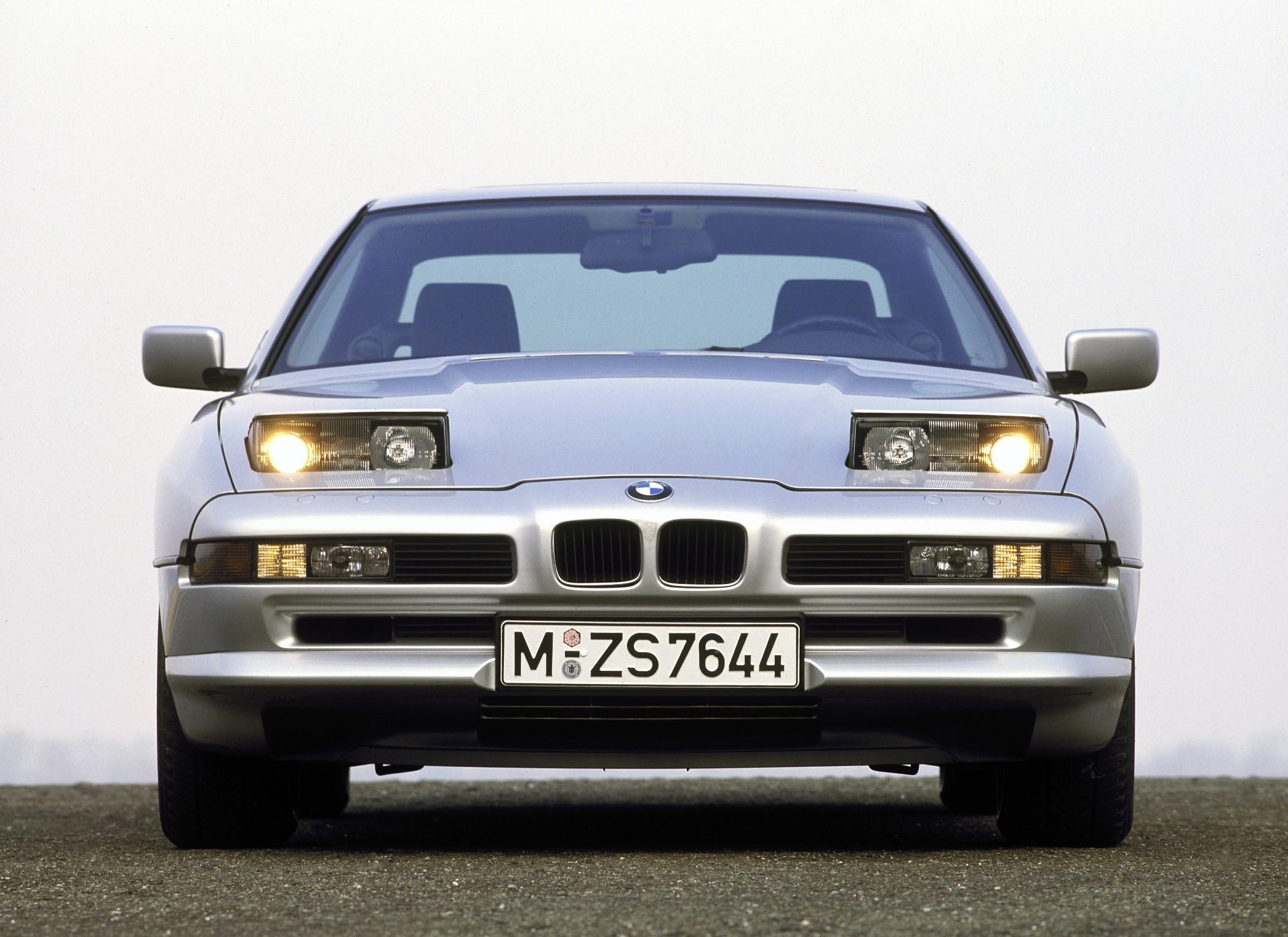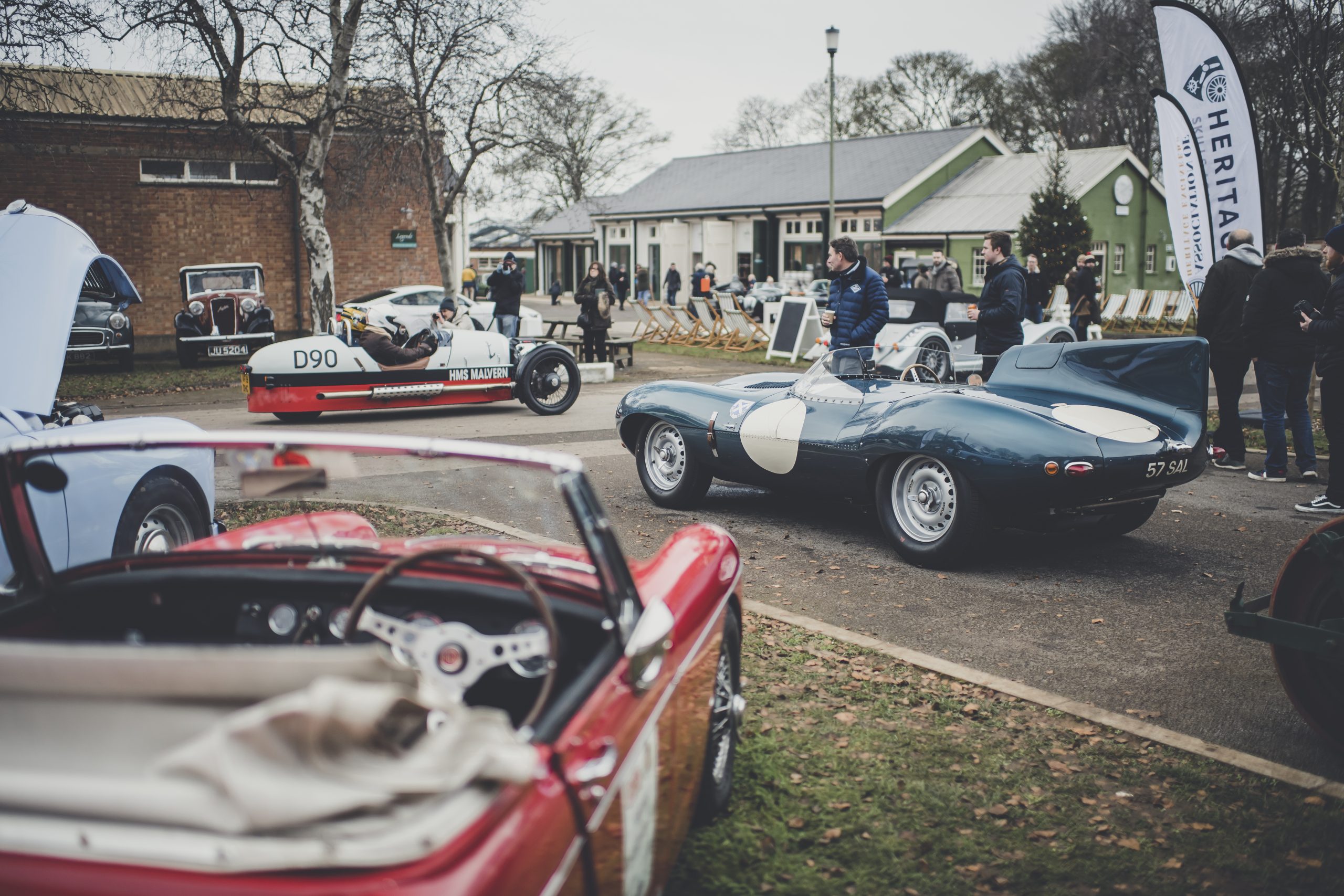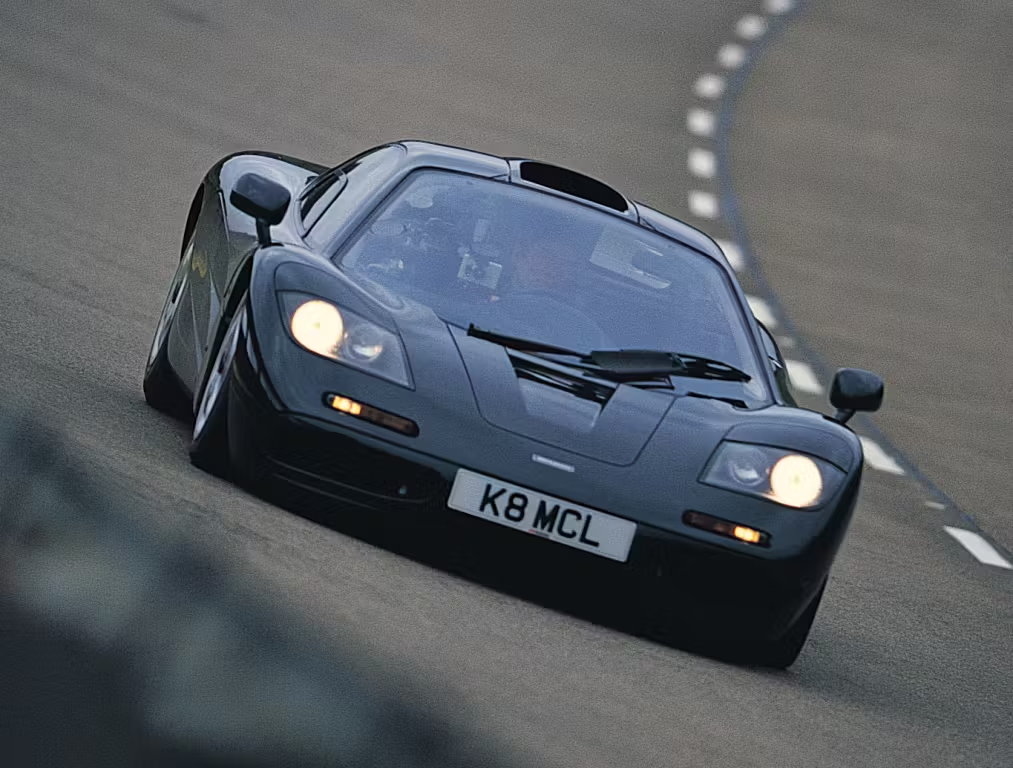Author: Richard Dredge
As the 20th century morphed into the 21st, there was no shortage of high-tech supercars vying for the attention of collectors and enthusiasts. To justify their eye-watering price tags they invariably offered advanced engineering, design and construction. All of their makers wanted to be seen as delivering the best of everything to justify a stratospheric price because after all, carbonfibre monocoques and ceramic brakes don’t come cheap. But of course there’s always somebody who will buck the trend, and when Bristol gets involved you can bet mainstream won’t be anywhere to be seen. That’s exactly how it was with the Fighter, a car that owed much of its design and engineering to a previous era, even if it was hugely powerful and consequently massively fast.

Until 1999, Bristol was the maker of sober saloons for very rich people who didn’t like to flaunt their wealth. Cars such as the Beaufighter, Blenheim and Britannia could swallow continents whole, but they didn’t shout about it with their understated looks and relatively compact dimensions. That’s the way things were likely to stay, until towards the end of 1999 when an announcement was made that Bristol would be entering the world of the supercar within two years. The plan was to develop and build a V10-powered gullwing coupé, selling them at the rate of 20 per year from the end of 2001.

It wasn’t until the summer of 2003 that a rolling chassis was first shown (the first clean-sheet design in Bristol’s 75-year history), the work having been done by Max Boxstrom, who had previously engineered the Aston Martin AMR-1 which took part in the 1989 Le Mans 24 Hours. Although Bristol had initially talked of a chassis made entirely from aluminium, the end result was one with a massively strong box-section structure in steel, with aluminium honeycomb flooring and a pair of substantial roll hoops. The suspension was pure race car, with double wishbones all round, combined with telescopic shock absorbers and coil springs, plus an anti-roll bar at each end. The result was a car that rode serenely thanks to its six inches of suspension travel, and with a relatively low kerb weight of 1540kg, the Fighter was surprisingly agile for something with such a large engine up front.


The bodywork was typical Bristol, which meant it was all made by hand, mainly from aluminium. The wings, roof and bonnet were alloy, while the doors and tailgate were carbonfibre composite. The bodyshell itself featured very different proportions compared with most other hypercars; the Fighter was narrower and taller than most. Compared with the Viper which donated its V10 engine, the Bristol was nearly five inches narrower, and amazingly it was 10 inches narrower than a Ferrari 575M. The Fighter was also much more aerodynamic than most other supercars, with its drag co-efficient of just 0.28; Bristol avoided add-ons to create downforce, knowing that this just creates drag at the same time. Instead, the company designed for stability and slipperiness at high speeds. Indeed, when viewed from above, the glasshouse of the Fighter resembles a teardrop; the ideal wind-cheating slippery shape.

Of course the most important part of the Fighter was that magnificent V10 engine, taken from the Chrysler Viper in eight-litre form, but with Bristol’s own camshafts to alter the power delivery. Set well back in the chassis to give a 48:52 front:rear weight distribution, the V10 develops massive power to give even more massive performance. There was 525bhp on offer, which Bristol claimed was enough to take the car to 210mph. It could also dismiss the 0-60mph sprint in around four seconds thanks to the fact that with its six-speed manual gearbox, there was no need to change from first gear before hitting 60mph. Although the transmission was carried over from the Viper, Bristol slotted in its own ratios for relaxed high-speed cruising; sixth gave a very long-legged 40mph per 1000rpm.

Having shown a scale model in 1999, it wasn’t until 2003 that the first development cars were made and revealed in the press; the first customer deliveries took place the following year. Some felt that the 525bhp and 525lb ft of torque offered by the standard Fighter weren’t enough (even at tickover there was 350lb ft on tap), which is why Bristol introduced an uprated engine option just as the first production cars were delivered in summer 2004.
With fettling in various areas such as the engine management system and the manifolding, power was up to a more enticing 628bhp, while torque increased to a stump-pulling 580lb ft; the result was the Fighter S. No independent performance figures were available for either car, but as the company always said about its cars, the performance on offer was “adequate”. What more could you ask for? Plenty it would seem, because Bristol turned up the wick once again in late 2006, when it revealed the Fighter T.

By bolting a pair of turbochargers to the V10 engine, a faintly ludicrous 1012bhp could be realised, which Bristol claimed was enough to take the Fighter to 270mph. However, to save its customers from themselves, the Fighter T would be electronically limited to 225mph. But sadly no Fighter Ts would be made before Bristol went belly up in 2011, with an unknown number of Fighters built up to this point. Some say as few as eight were produced while others claim as many as 20, but that includes at least four unfinished cars that didn’t really get beyond the bare chassis stage. The general thinking is that 12 or 13 Fighters were made, so however you look at it, the Fighter is a rare beast.






